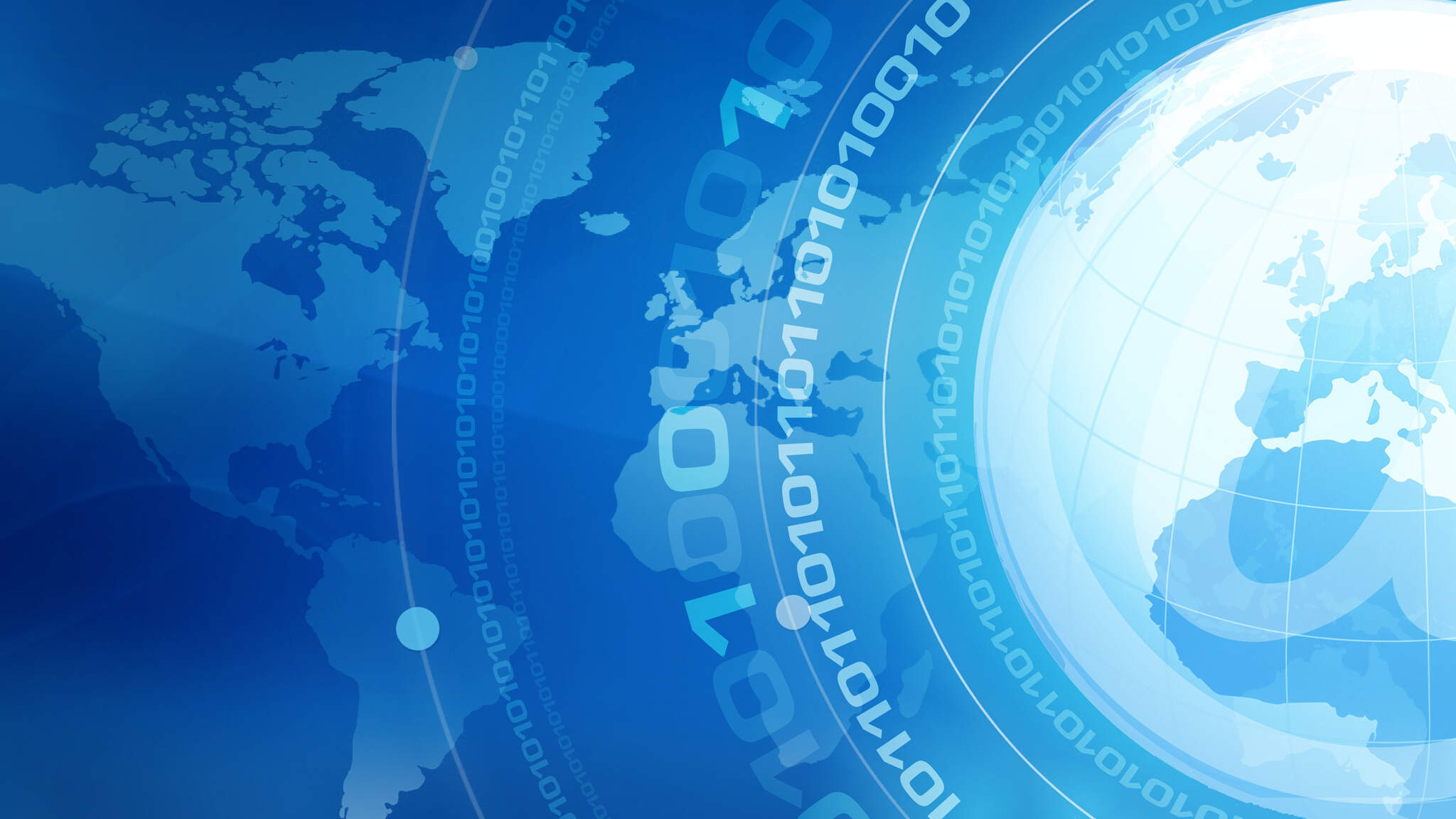Key technology Green electricity - A look at future technologies
What is Green electricity actually about? And what benefits do these offer specifically for logistics? A look at the available technologies and where they’re going.

Electricity generated using renewable energy sources is the key to global climate protection. Green electricity is the only way to ensure that engines and plants can run while producing virtually zero greenhouse gases and to manufacture sustainable hydrogen and synfuels.
The challenge of almost entirely decarbonizing all industry lies in establishing an adequate global supply of affordable green electricity. Logistics and e-mobility are just two of the many areas that will require a vast amount of green electricity in the future.
In the European Union, what counts as renewable energy is governed by Directive (EU) 2018/2001, also known as RED II. This states that the most sustainable methods for generating green electricity are wind turbines, photovoltaic systems, and hydropower. RED II does not count nuclear power from fission among renewables.
The electricity that comes out of the wall knows no color; it’s the same no matter how it’s produced. But in choosing their provider and tariff, consumers can influence which kind of electricity finds its way onto the grid. The more companies and households demand green electricity, the more will be invested in expanding the use of renewable energy. This market mechanism is most commonly pursued in the two transnational electricity markets of Europe and North America. What are known as guarantees of origin or renewable energy certificates (GOs/RECs) enable consumers to be certain they are procuring green electricity, and thereby increasing demand for it.
Producing green electricity
Anyone wanting to do more to bring about a swift energy transition than simply raise demand can directly or indirectly invest in the establishment of new systems for generating renewable power. There are two ways to do this: first, through special certificates issued by electricity providers that promise to invest in new plants; and second, by consumers producing green electricity themselves. For its part, not only has DACHSER been buying GOs for hydropower from Norway, the company has also been expediting the expansion of PV systems installed on its own buildings. While the most efficient approach is for Dachser itself to consume the electricity it produces in this way, it has the option of exporting surplus electricity to the public grid. Whichever path the company chooses, it plays a valuable role in preventing greenhouse gases and helping countries and regions transition swiftly toward using renewable sources.
Companies also have the option to participate in the establishment of, say, new wind parks by entering into long-term power purchase agreements (PPAs) and directly procuring the green electricity these facilities generate. In this way, PPAs offer companies a chance to promote the expansion of renewable energy production beyond the boundaries of their own buildings and sites.
But the question remains: in the future, could highly industrialized regions cover their high energy demands entirely with green electricity? The answer is yes and no. Yes, regions such as Europe can and must ready their own grids for intermittent energy production—in particular from solar and wind energy, which generate vast amounts of power, but not necessarily when it is required. Although such an investment in infrastructure is ambitious and costly, it is technically feasible and, most importantly, would count as sustainable. And no, Europe will continue to have to buy energy in the global market. The forecasted demand is too great for Europe to generate all the green electricity it needs within its borders.
The countries that are today’s leading producers of fossil fuels such as crude oil and natural gas are being superseded by new suppliers, among them arid regions that are converting solar energy into hydrogen and other synfuels. Energy policymakers and markets must decide soon how much of these fuels will be needed and which countries make the most suitable producers. The sooner the medium- and long-term conditions are defined, the sooner financiers can invest in the establishment of renewable energy and we can put a stop to climate change once and for all. This makes affordable green electricity a key technology of the 21st century.
For further information please also read this article: https://www.dachser.com/en/mediaroom/Key-technology-Green-electricity-A-look-at-future-technologies-13505?bookmarked=false&search=Green
